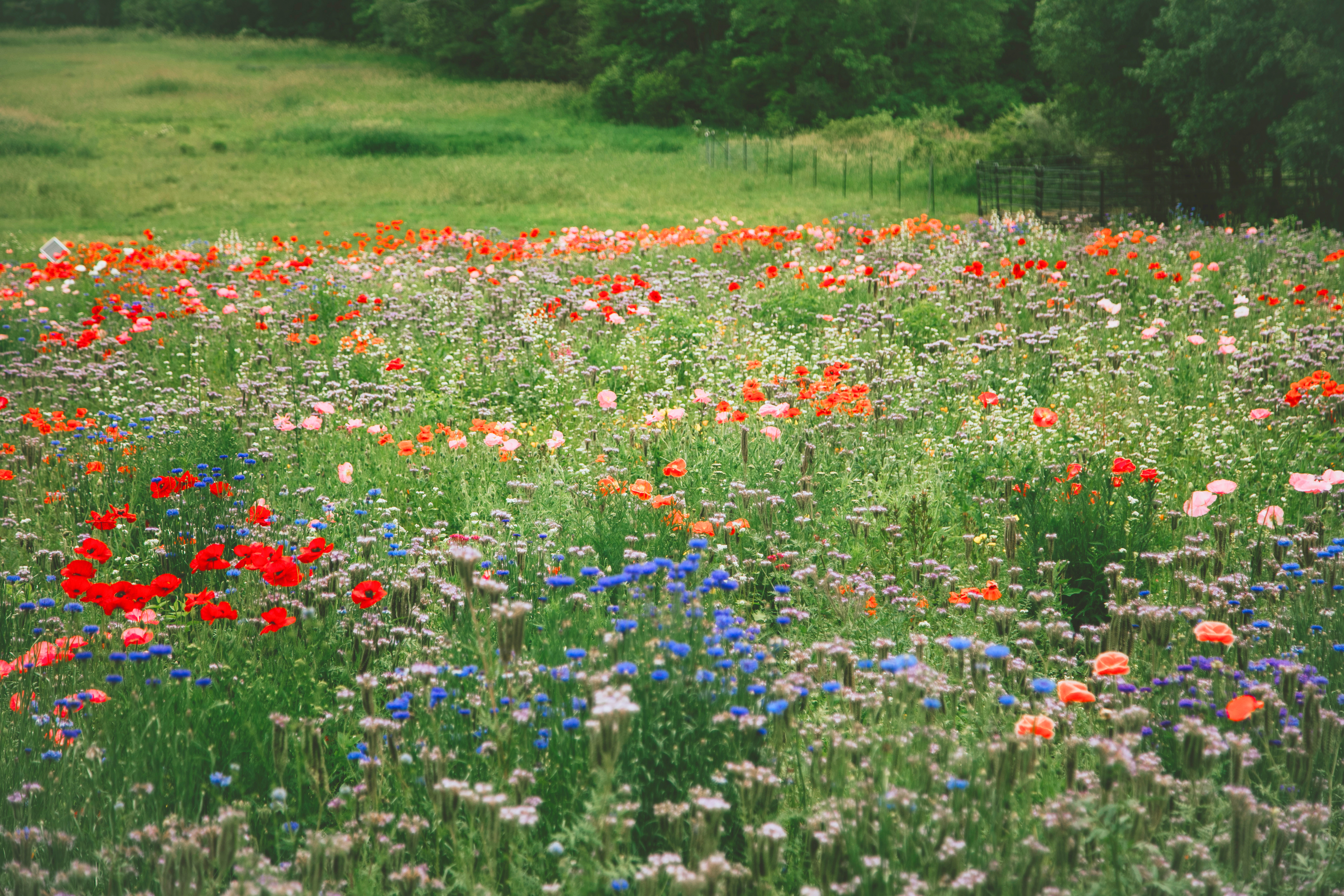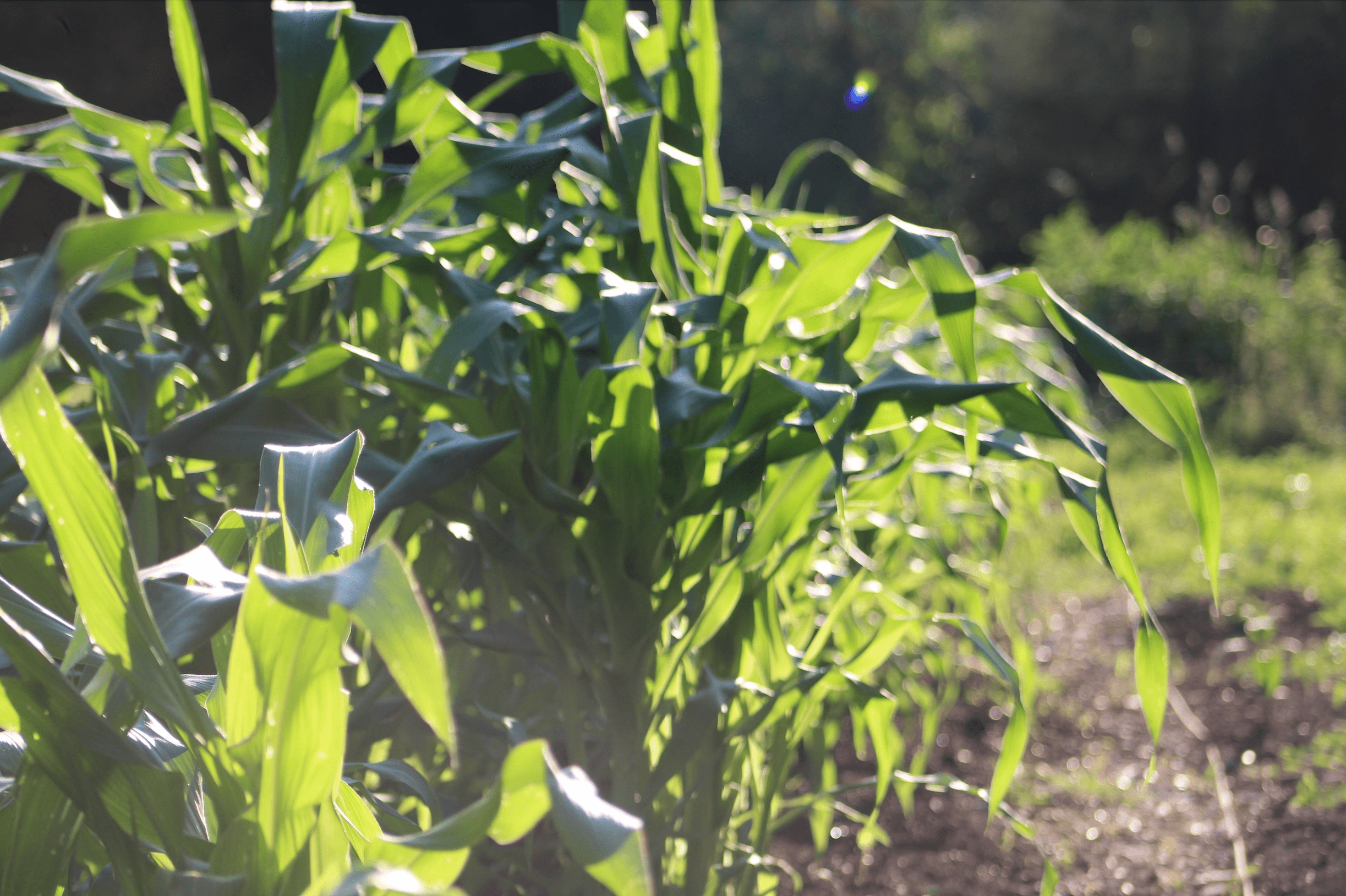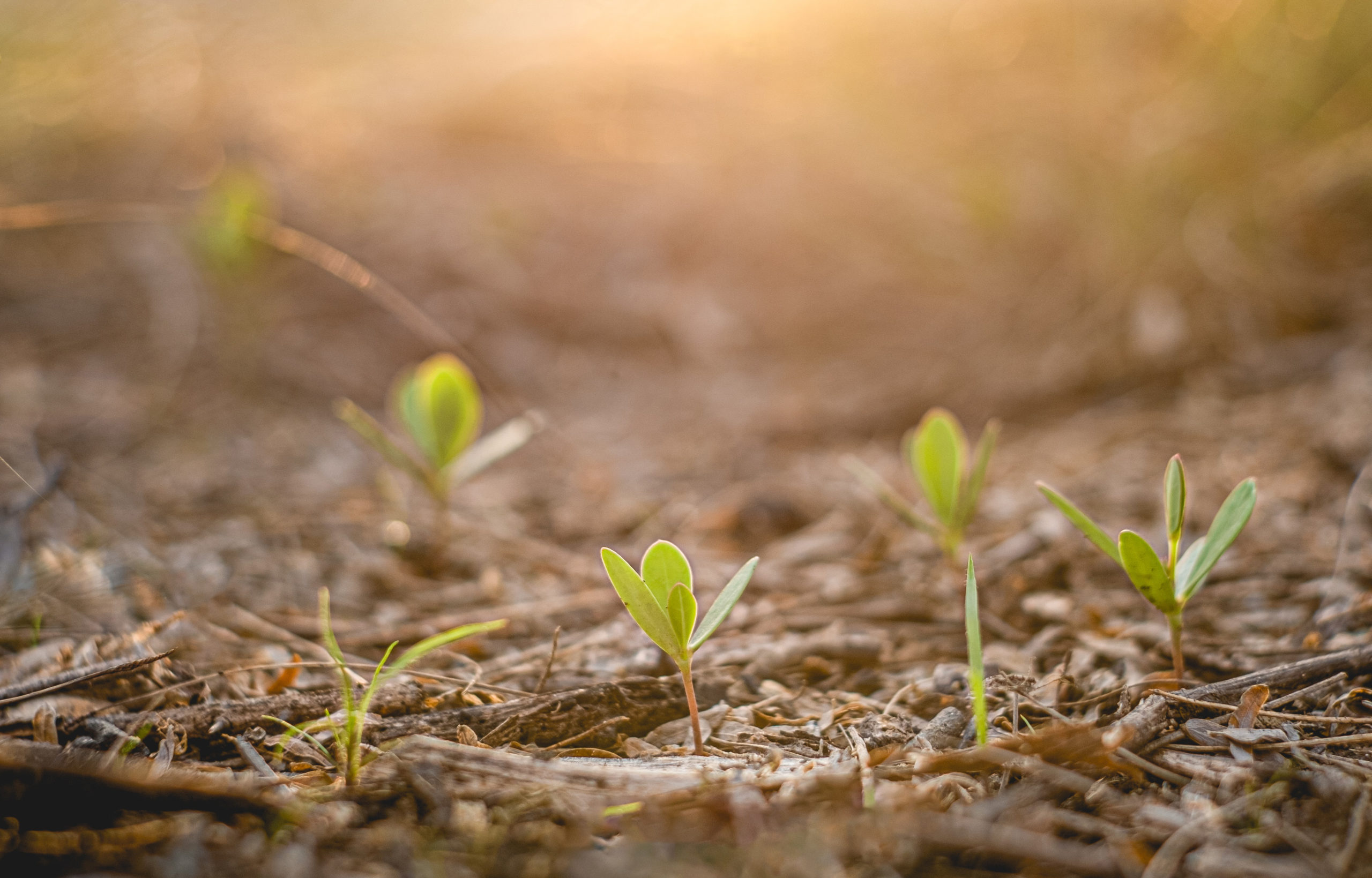
Agrarian Trust’s model of land stewardship is unique in its synthesis of community land trust and traditional land conservation models. In Agrarian Commons leases, active agricultural use for the benefit of the farmer and their community is given equal weight to the protection and creation of healthy ecosystems—the sole objective of most conventional conservation organizations. Unlike these organizations however, Agrarian Trust sees active land use and conservation as closely interrelated strategies. The stewardship of farmers has the potential not only to provide communities with access to healthy, affordable food, but also to actively restore and revitalize local ecologies.
The stewardship of farmers has the potential not only to provide communities with access to healthy, affordable food, but also to actively restore and revitalize local ecologies.
The New Hampshire and Puget Sound Agrarian Commons have been leaders in the implementation of this ecologically oriented land use strategy. With the support of Agrarian Trust and its financial partners Patagonia and the Donner Foundation, the New Hampshire and Puget Sound Agrarian Commons are designing, implementing, and maintaining pollinator habitats, a critical practice in light of the recent loss of much of the country’s pollinator population.
In the past twenty years, habitat loss, pests, pathogens, a lack of genetic diversity among pollinator species, and the reckless use of pesticides has caused a drastic drop in the United State’s pollinator population. Between April 2020 and April 2021 alone, beekeepers report losing 45.1 percent of managed honey bee colonies. This loss of pollinators impedes the function of successful ecosystems and poses a direct threat to farmers’ ability to successfully grow food. According to the United States Department of Agriculture (USDA), about “one mouthful in three in our diet directly or indirectly benefits from honey bee pollination.”
This loss of pollinators impedes the function of successful ecosystems and poses a direct threat to farmers’ ability to successfully grow food.
Jared Fowler, a native bee specialist and consultant for the Vernon Family Farm pollinator project, attributes this population loss—specifically for native bees—partially to a lack of biodiverse habitats of pollinizer plants.
“Pollinator habitat conservation and enhancement projects should prioritize practices that foster diverse communities of native pollen specialist bees and associated host plants,” writes Fowler. These projects “can protect native pollen specialist bees from population declines and extinctions, while identically supporting other managed and wild beneficial insects, providing wildlife habitats, reducing weeds and erosion, improving soil health and water quality, regulating pests, offering harvestable products, and bettering aesthetics.”
Pollinator-oriented conservation practices are anything but passive. Left alone, meadowlands are vulnerable to invasive species of weeds and pasture plants. These species can choke out native pollinizers and interrupt the natural functioning of local ecosystems. An untended meadow may also quickly return to forested land, which, while beneficial in many instances, can lead to the loss of habitats for certain native birds and pollinators such as birds, bats, moths, flies, beetles, wasps, and of course, bees.
Recreating a viable pollinator habitat for native species is a complex process that requires careful planning and access to consistent funding. In 2020, Agrarian Trust partnered with Patagonia and the Donner Foundation to support Vernon Family Farm’s effort to construct a pollinator garden. In partnership with Fowler, lead farmers Jeremiah and Nicole Vernon created and implemented a plan to restore pollinator habitats on their thirty-three-acre farm in Newfields, New Hampshire.
The wildflowers, or pollenizers, Vernon Family Farm planted include sixty four perennial species such as Eastern Bee Balm, Purple Cornflower, and Anise Hyssop, along with seven seed mixes and seven species of footpath plants.
First, the Vernon team assessed their land, taking into account factors such as soil type, shade levels, and native weed species in order to determine how and where to plant the pollinator habitat. The farmers then planted smother crops to effectively control non-native weeds without the use of harmful herbicides. According to Vernon Farm, the design of the pollinator habitat was “patterned to mimic forms in nature, composed to supplement natural plant communities, and designed with complexes and mixes of diverse and densely layered combinations of patches of pollenizers.” Next, the farmers carefully selected native pollinizers based on “complimentary life expectancy, longevity, and persistence” to create a wildflower meadow and three entrance gardens.
A similar effort took place in the Puget Sound Agrarian Commons, on the land which is now managed by Black Seed Farms. In collaboration with Eric Lee-Mader of Northwest Meadowscapes LLC, the Puget Sound Agrarian Commons worked to transform fallow pasture that had been overrun with invasive species into thriving meadowland. The goal of this project, reported Puget Sound Agrarian Commons, was “to slowly begin increasing the diversity and abundance of native wildflowers into the degraded and weedy section of the farm where a few individual scattered native wildflowers were initially found.” In addition to meadowland renewal, Puget Sound Agrarian Commons has planted a large orchard, referred to by some as the “Mother Orchard of the Agrarian Commons.”
According to Vernon Family Farm, “Weeds are suppressed and prevented from germinating with a canopy of fast-growing cover crops.” Pictured here is a smother crop of buckwheat planted to eliminate weeds from one of the pollinator gardens.
The Agrarian Commons model is structured to ensure that at least one ecology-oriented project like the New Hampshire and Puget Sound Agrarian Commons pollinator habitats is implemented on each Agrarian Commons Farm.
This approach is built directly into Agrarian Commons leases. Consider for example, the approved use clause of a standard Agrarian Commons Lease:
“Approved use: Agricultural activities (as defined herein) as well as implementation of one or more of the following: (a) soil health; (b) flora, fauna, and habitat diversity; (c) sustainable grazing, foraging, and hay land; (d) a healthy ecosystem; and (e) to protect water quality and quantity.”
Each lease also includes robust conservation language that enables farmers to invest in the long-term ecological health of the land and to ensure that the land’s specifically defined rights are met.
As was the case with the Puget Sound and New Hampshire Agrarian Commons projects, implementing and maintaining these projects can be costly and labor intensive, involving months of collaboration on the part of farmers and their partners, and valuable time spent away from more direct food-production work. In light of this, Agrarian Trust provides farmers with the fundraising and technical support necessary to finance investments in the future of our shared ecosystem, through partnering with organizations like Patagonia and the Donner Foundation, and with the support of individual donors.
Future projects like these will require the support of donors and partner organizations who understand that a donation to Agrarian Trust is an investment in the future of our shared world. The benefits of restoring native pollinator habitats extend far beyond the property lines of the Agrarian Commons. As pollinator populations continue to be negatively impacted by habitat loss, pesticides, and other factors, rebuilding pollinator habitats secures the existence of thriving ecosystems, the source of our food, water, and general well-being, for the benefit of future generations.




